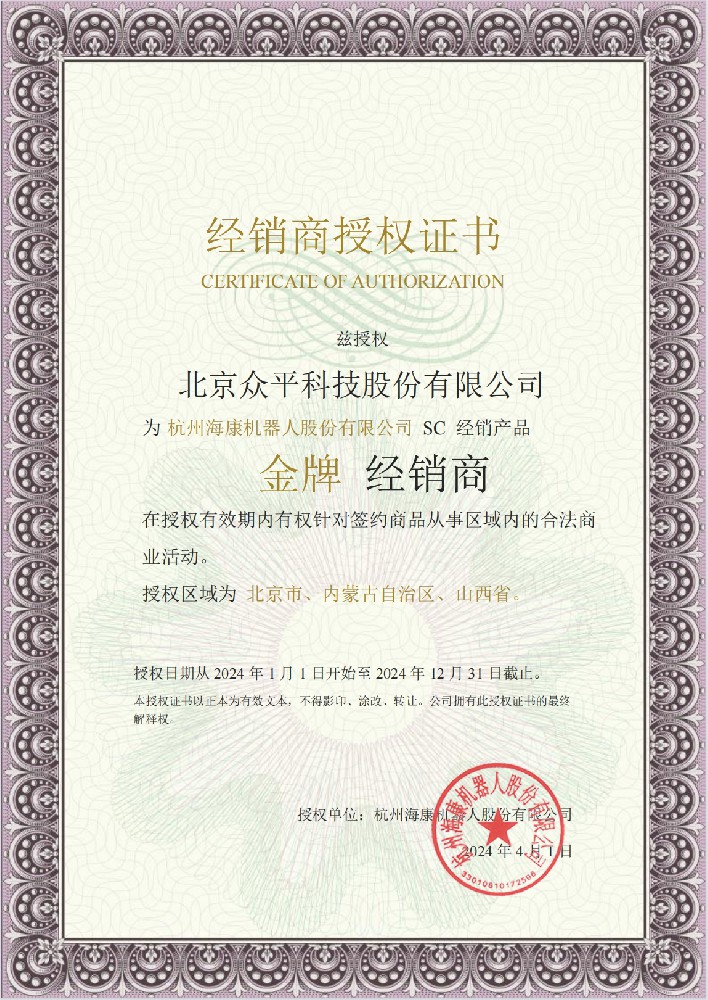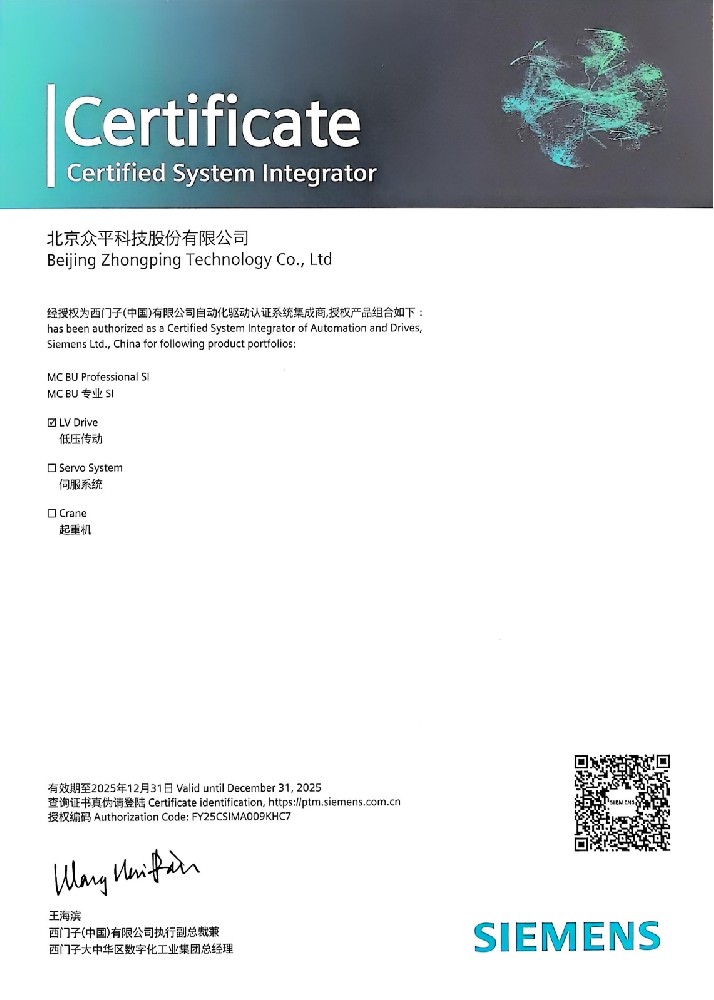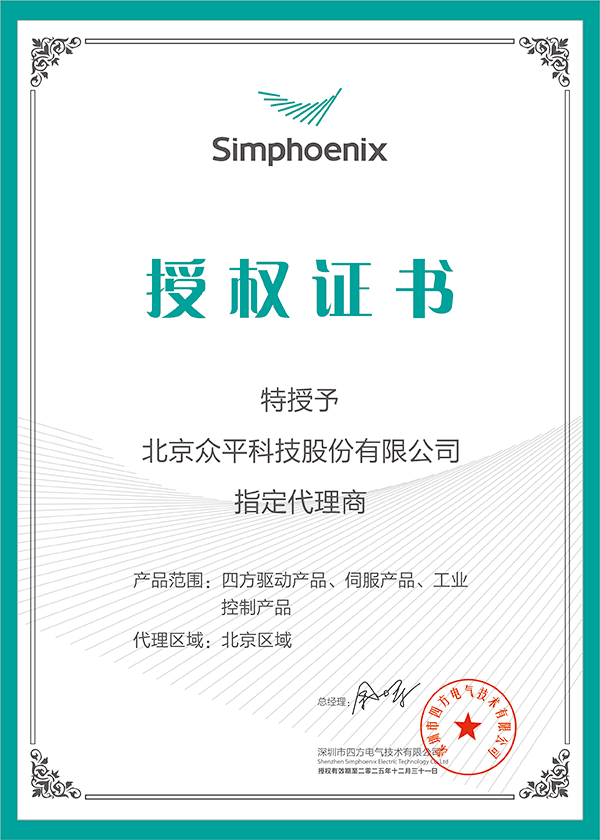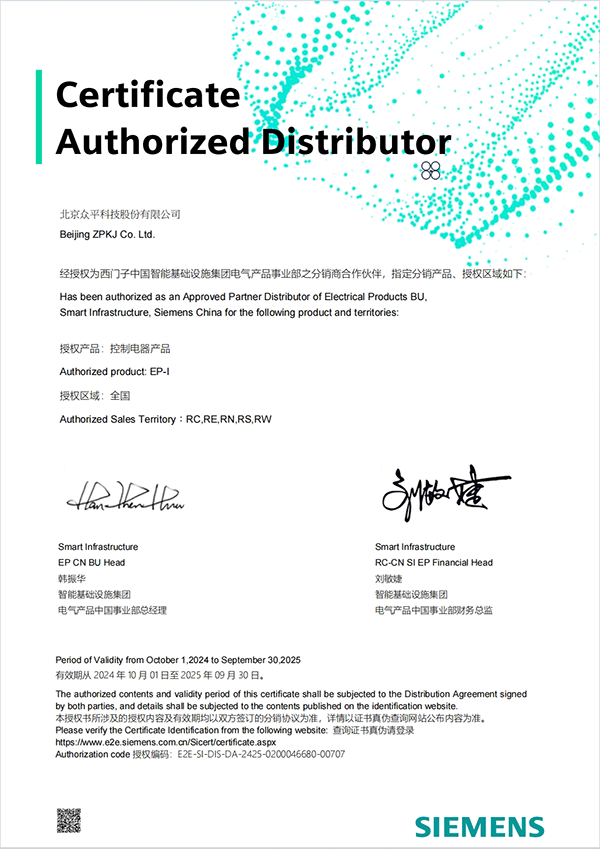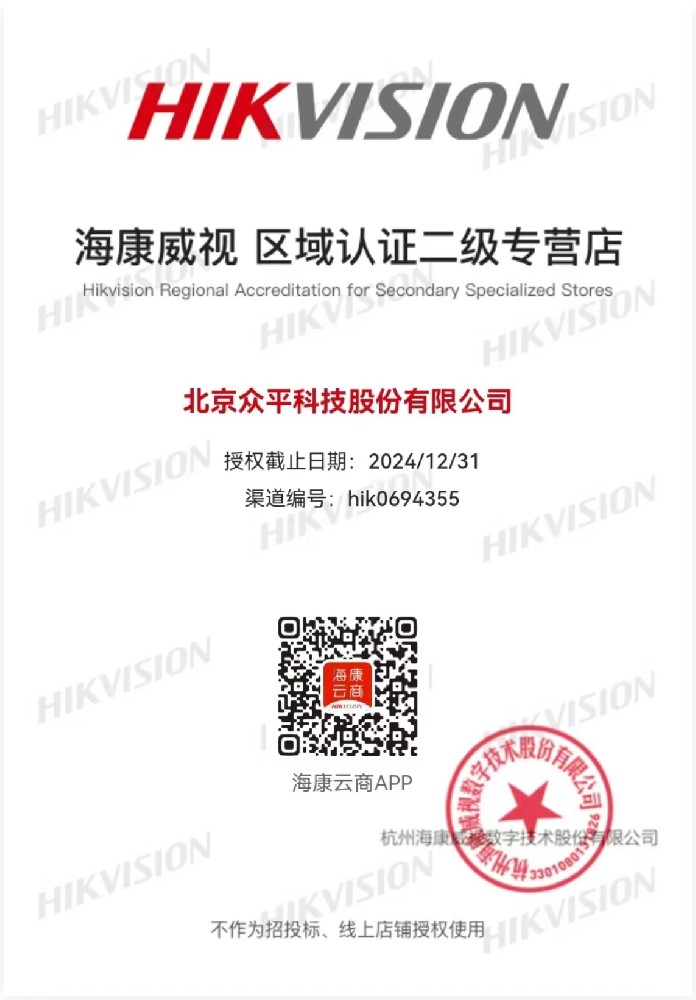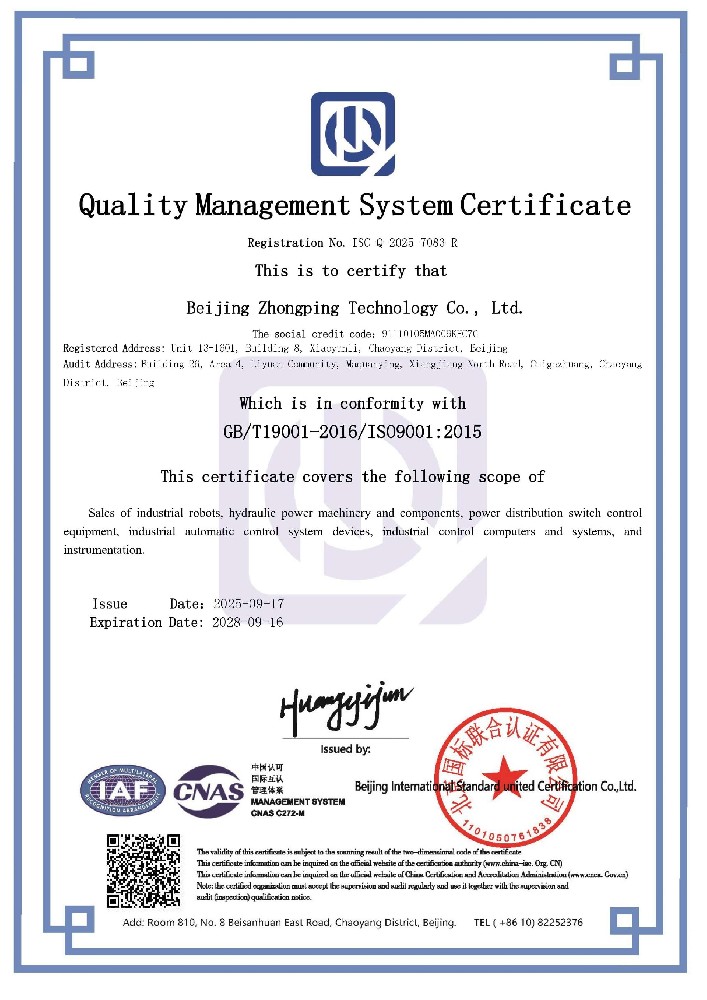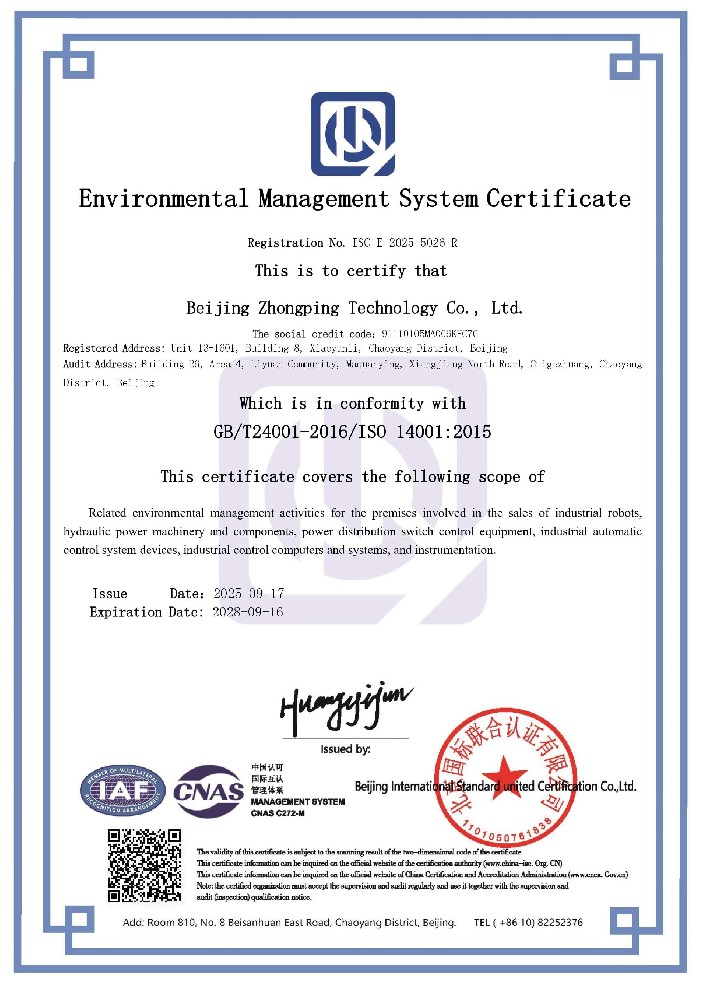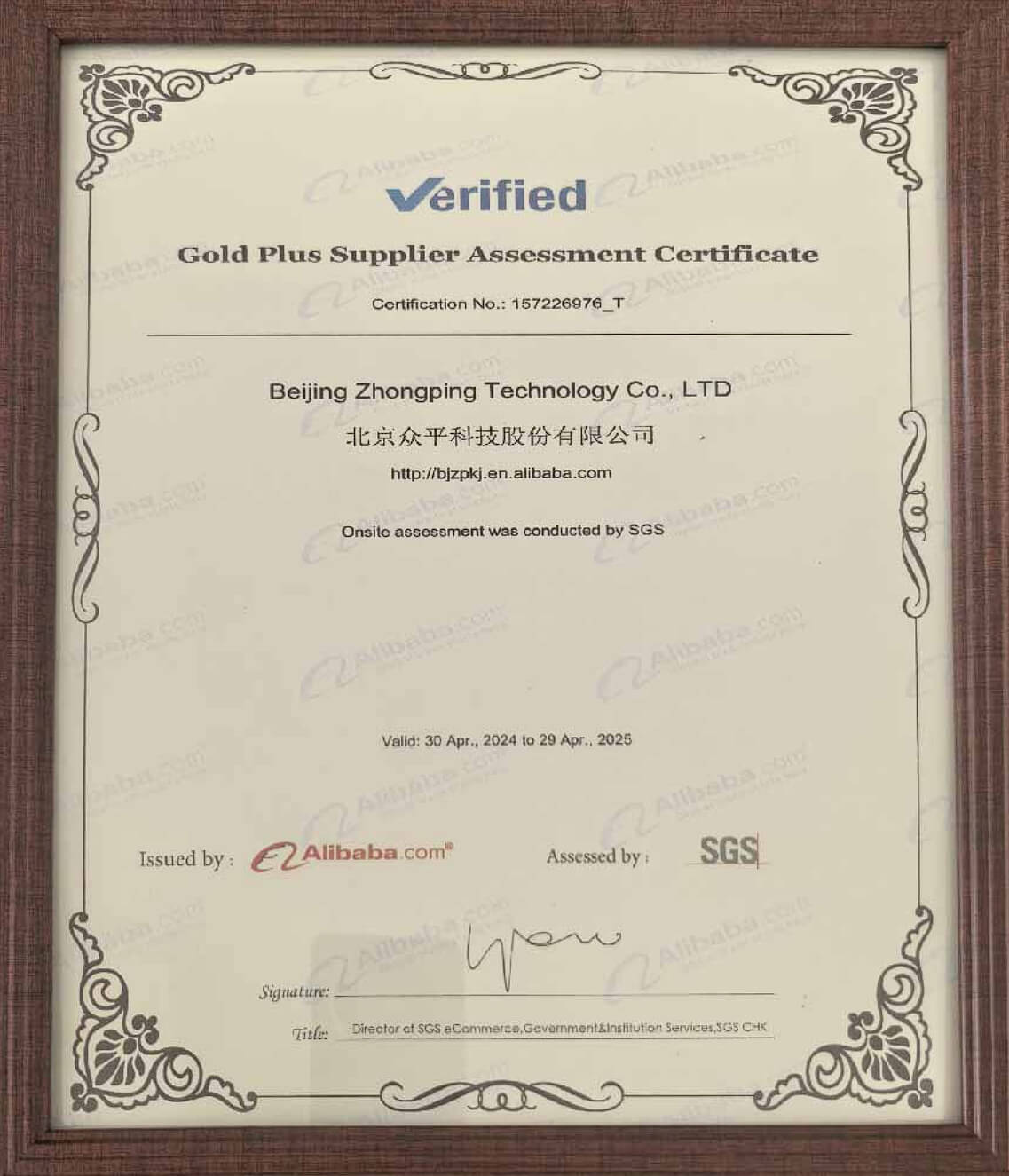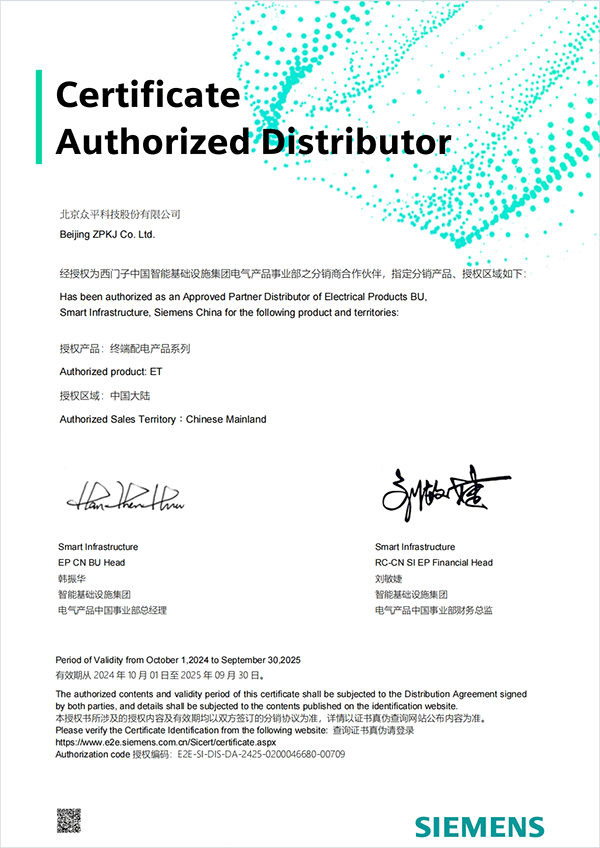The inverter mitsubishi electric FR-E860-0.1K inverter is a high-performance model within the FR-E800 series, specifically designed for small industrial equipment and energy-saving applications. Mitsubishi frequency inverter features energy efficiency, precise control, and flexible configuration, making it widely used in industrial automation, mechanical drives, and energy-saving control.
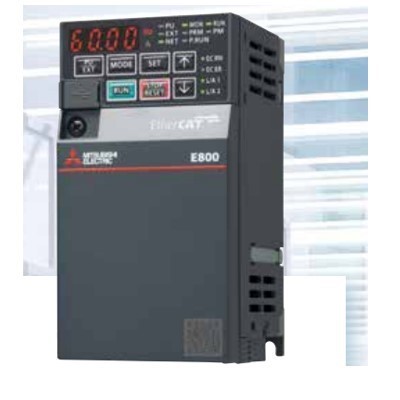
Product Specifications
Rated Power: 0.1kW (100W).
Input Voltage: Three-phase 575V.
Rated Current: 0.2A (calculated based on 0.1kW power).
Control Modes: Supports V/F control and sensorless vector control.
Frequency Range: 0.2-590Hz.
Communication Interfaces: Supports RS-485 and Ethernet interfaces, compatible with multiple protocols such as MODBUS/TCP and EtherNet/IP.
Display: Built-in 4-digit LED display.
Size and Weight: Compact design, suitable for tight installation spaces.
Functional Features
Energy Efficiency: Optimized control algorithms automatically adjust motor speed based on load requirements, reducing energy consumption.
Precise Control: Sensorless vector control technology enables high-precision speed and torque control.
User-Friendly Operation Panel: Supports multiple parameter settings and real-time monitoring, making operation simple and intuitive.
Flexible Control Modes: Multiple frequency setting methods are available, including panel setting, external analog signal setting, and digital signal setting.
Robust Protection Functions: Features overload, overheat, overvoltage, and undervoltage protection to ensure safe operation under various conditions.
Application Scenarios
The FR-E860-0.1K inverter is suitable for the following areas:
Small Industrial Equipment: Such as small conveyors, fans, and pumps, for energy-saving and precise control.
Automated Production Lines: Optimize production efficiency by adjusting mitsubishi electric ac speed.
HVAC Systems: Regulate fan speed to achieve precise temperature control.
Installation and Wiring
Installation Environment: Choose a well-ventilated, dust-free, and non-corrosive gas environment. Avoid high temperatures, high humidity, and strong electromagnetic interference.
Wiring Requirements: Follow the wiring diagram in the product manual to ensure correct connections of power, signal, and mitsubishi electric ac cables.
Grounding Protection: Ensure proper grounding of the equipment to meet electrical safety standards.
Parameter Settings
Basic Settings: Configure mitsubishi electric ac parameters, control modes, and frequency ranges based on application needs.
Advanced Configurations: Set up features like PID control and multi-speed control according to specific scenarios.
Maintenance and Inspection
Regular Checks: Inspect the inverter mitsubishi electric for physical damage, dust accumulation on heat sinks, and proper fan operation.
Parameter Verification: Periodically verify the settings to ensure they match the application requirements.
Fault Diagnosis: When a fault occurs, check the error code and follow the troubleshooting guide in the manual to identify and resolve the issue.
Precautions
Environmental Conditions: Avoid using the inverter mitsubishi electric in high-temperature, high-humidity, or strong electromagnetic interference environments.
Power Requirements: Ensure stable power voltage to prevent damage from voltage fluctuations.
Safety Operations: Avoid contact with live parts during operation to ensure operator safety.
Frequently Asked Questions (FAQ)
How to Perform Motor Autotuning?
Importance of Autotuning: Autotuning is crucial for matching the mitsubishi frequency inverter with the motor, enhancing control accuracy and system stability. During autotuning, set the motor's nameplate parameters, including power, rated voltage, and rated current.
Precautions During Autotuning: The inverter injects current into the motor during autotuning. Ensure the motor is correctly connected to the inverter, the inverter is in a ready state, and the motor is stationary to avoid damage.
Post-Autotuning Effects: After autotuning, the inverter automatically adjusts control parameters based on the motor's actual characteristics. This improves system response speed and control accuracy, meeting high-precision control requirements.
How to Configure the Communication Interface of the FR-E860-0.1K Inverter?
Communication Interface Types: The FR-E860-0.1K supports RS-485 and Ethernet interfaces, compatible with protocols like MODBUS/TCP and EtherNet/IP.
Communication Line Connection: Ensure correct connections using shielded cables with properly grounded shielding to minimize electromagnetic interference.
Communication Parameter Settings: Configure the inverter's communication address, baud rate, data bits, and stop bits according to the protocol requirements. Ensure consistency with the upper-level machine for reliable communication.
How to Select the Power Range of the Inverter?
Load-Based Selection: Choose the mitsubishi frequency inverter power range based on the actual load of the motor. For light loads, select an inverter matching the motor's rated power. For heavy loads or high starting torque requirements, choose a higher-power inverter.
Safety Margin: Consider a safety factor by selecting an inverter slightly larger than the motor's rated power to handle load fluctuations and unexpected conditions.
Overload Capability: The FR-E860-0.1K has some overload capacity, but prolonged overloading can affect its lifespan and performance. Avoid long-term overloading when selecting the power range.
What is the Cooling Method of the Inverter?
Cooling Method: The FR-E860-0.1K uses forced air cooling.
Installation Requirements: Ensure sufficient space around the inverter for airflow. Avoid installing it in enclosed or poorly ventilated areas to maintain effective cooling.
Maintenance: Regularly clean dust from fans and heat sinks to prevent overheating. Check the fan's operation to ensure it is functioning properly.
How to Avoid Electromagnetic Interference with the Inverter?
Built-in Filters: The inverter includes an EMC filter that meets electromagnetic compatibility standards to suppress interference.
Wiring Precautions: Avoid placing signal cables close to power cables to minimize interference. Use shielded cables for signal connections and ensure proper grounding of the shielding.
Grounding: Proper grounding is essential to reduce electromagnetic interference. Ensure the equipment is grounded according to national and local electrical safety regulations.
What Protection Functions Does the FR-E860-0.1K Inverter Offer?
Overload Protection: The inverter automatically reduces frequency or stops operation when the motor load exceeds the rated value to protect the motor and inverter.
Overheat Protection: An internal temperature sensor monitors the inverter's temperature and shuts it down if it exceeds the set limit to prevent damage from overheating.
Overvoltage and Undervoltage Protection: The inverter automatically shuts down if the supply voltage is too high or too low. It also features short-circuit and phase-loss protection to ensure safe operation.
How to Perform Regular Maintenance on the Inverter?
Visual Inspection: Regularly check the inverter for physical damage or abnormalities, such as cracks on the housing or loose screws.
Cooling System Maintenance: Clean dust from fans and heat sinks to ensure proper cooling. Replace fans if they are not operating correctly.
Electrical Connection Check: Inspect power and signal connections for solidity and ensure good contact. Monitor the motor's operation for any abnormalities and address issues promptly.
What Precautions Should Be Taken When Installing the FR-E860-0.1K Inverter?
Installation Location: Install the inverter in a well-ventilated, dust-free, and non-corrosive gas environment. Avoid high temperatures, high humidity, and strong electromagnetic interference.
Installation Orientation: Mount the inverter vertically to facilitate cooling. Use appropriate fixing methods to prevent vibration-related damage.
Power Connection: Ensure the power cable meets the required specifications and pay attention to the correct phase sequence. Proper grounding is essential.
How to Choose the Control Mode of the Inverter?
Application-Based Selection: For high-precision speed control, choose sensorless vector control mode. For general constant-speed applications, select V/F control mode.
Control Mode Characteristics: Sensorless vector control offers high-precision speed and torque control for demanding applications, while V/F control is simple and suitable for general constant-speed needs.
Parameter Settings: Configure parameters according to application requirements after selecting the control mode to achieve optimal control.
How to Set the Frequency Setting Channel of the Inverter?
Frequency Setting Methods: Frequency can be set via the inverter panel, external analog signals, or digital signals. Choose the appropriate method based on application needs.
Signal Source Requirements: Ensure the stability and accuracy of the signal source. For example, when using external analog signals, ensure signal stability and interference resistance.
Parameter Configuration: Configure parameters according to the selected frequency setting method. For example, when using external analog signals, set the input range and corresponding frequency range.
FAQ
1.Who are We?
Beijing Zhongping Technology Co., LTD., is a one-stop integrated service provider of intelligent manufacturing, belongs to the Gong Doctor Group, is a scientific research, design, marketing, technical services, industrial Internet, international import and export services as one of the science and technology companies.
2.What can you buy from us?
PLC, inverter, human-machine interface, hydraulic products, low-voltage power distribution, industrial robots and core components
3.Is the item in stock or need to be purchased from another supplier?
We have a large inventory of goods and have our own warehouse.
4.What advantages do we have over other suppliers?
Our company has a large amount of inventory and a number of warehouses, but also in the country's important industrial provinces and cities with offices and a number of overseas service points. To provide you with intelligent manufacturing one-stop comprehensive services, save efforts, labor and cost.
5.Can you provide 100% new original authentic products?
We only sell new original genuine, no renovation, no fake, only for the original factory original!
6.How long is the delivery time?
If there is a stock, it will take 2-3 working days to ship, if the quantity is large, it will take 5-7 working days after receiving the payment, if it is not a conventional model, it will take some time, we will inform you of the specific delivery time.
7.Is there technical support available?
Of course, we have a professional technical team that can help you solve technical problems.
8.How do we guarantee quality?
We have three processes to control the quality of goods.
1). Our engineers will inspect the production and quality control in the factory regularly.
2) Incoming materials shall be inspected by experienced purchasing engineers before they can be stored.
3). At least 2 people in the logistics department cross-check the goods to be sent before delivery.
9.Can you guarantee the safe and reliable delivery of your products?
Yes, we strictly adopt the international standard packing. We also use special packaging for dangerous goods, and refrigerated shipping for items with temperature requirements. Special item packaging and general cargo standard packaging requirements may incur additional costs.
10.How about the freight?
The cost depends on how you choose to get the goods. Express is usually the fastest but also the most expensive way. Sea freight is the best solution for large quantities of goods. The exact shipping cost depends on the purchase amount、quantity and weight of your order. Please feel free to contact us for more information.


 010-64225983
010-64225983 +8613811814778
+8613811814778 info@zhongpingtech.com
info@zhongpingtech.com Building 26, Liyuan Community, Chaoyang District, Beijing, China
Building 26, Liyuan Community, Chaoyang District, Beijing, China